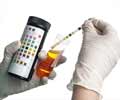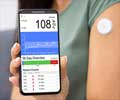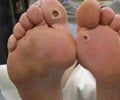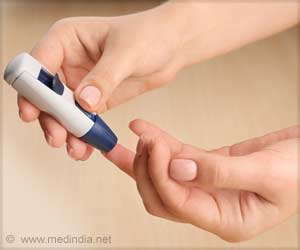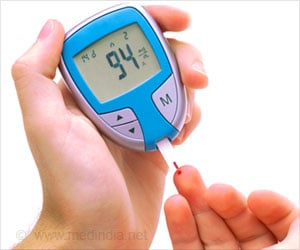An individualized approach to control glucose levels in type 2 diabetes can lower medical costs, improve quality of life, and most importantly can save billions of dollars.

‘Setting individualized blood glucose targets can save billions of dollars over a lifetime than uniform strategy.’





Findings from a cost analysis study are published in Annals of Internal Medicine.Diabetes is a substantial public health and financial burden in the U.S., costing an estimated $245 billion annually. As such, understanding the cost-effectiveness of treatment is imperative.
Previously, the American Diabetes Association (ADA) recommended intensive glycemic control for all patients with type 2 diabetes, in part based on cost-effectiveness data.
Since then, several studies have shown that intensive glycemic control may be associated with more harm than benefit for some patients and, therefore, a more individualized approach could be warranted. However, the cost-effectiveness of this approach is not known.
Scientists at the University of Chicago Medicine used a statistical model that calculated health care costs over the average expected lifetime for 569 patients in the National Health and Nutrition Examination Survey (NHANES) who were representative of the population of U.S. adults over the age of 30 with type 2 diabetes.
Advertisement
The model showed that individualized control strategy saved on average $13,564 per person compared to the uniform strategy ($105,307 vs. $118,853 lifetime).
Advertisement
Source-Eurekalert






